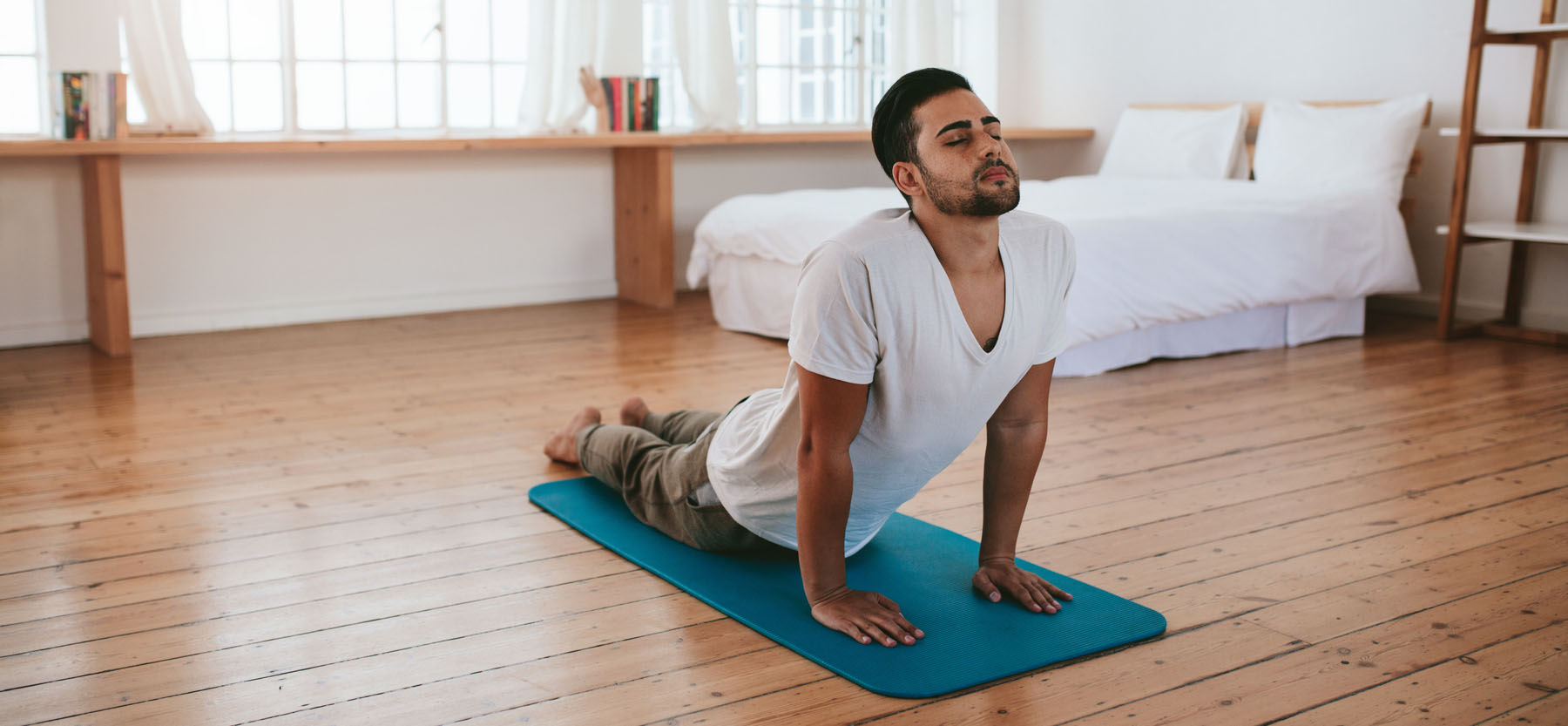Yoga has been considered a holistic, integrated healing practice for thousands of years. Today, one in seven U.S. adults practiced yoga in the past 12 months, combining stretching and strengthening of the physical body with breath and mindfulness. Research proves this heady combination can increase body awareness, sharpen your concentration, soothe inflammation, and slow a stressed-out heart rate.
Depending on whom you ask, there are more than 80 different types—or schools—of yoga, but most mainstream sessions may include breathing exercises, meditation, and a series of yoga postures (sometimes called asanas).
In this age of anxiety, you might try an accessible yoga fusion class such as Yoga Dance, or opt for yoga practices that target special populations, such as Chair Yoga or Senior Yoga.
Yoga is More Than Stretching
Yoga’s positive benefits in mental health have made it an important practice tool of psychotherapy, according to the American Psychological Association (APA). For instance, studies prove that yoga practitioners are more likely than sedentary people to report feeling better emotionally during crises like COVID. APA found that study participants with the most consistent yoga practices are also the most likely to report exercising more, eating better, and cutting back on alcohol and cigarette smoking.
Additional benefits of yoga:
- enhance muscle tone
- better posture
- improve respiration and circulation
- support weight loss and energy level
- increase joint flexibility
- improve cardiovascular health
- better brain health
- increase production of hormones related to sleep
Starting Yoga at Home
Yoga is available and accessible for everyone at any age. To start, wear comfortable clothing and find a restful nook where you won’t be disturbed for 15 to 20 minutes. Settle into any comfortable position and close your eyes. Some yogis enjoy lighting candles and playing soothing music in the background, anything to create your own sacred space.
Deep, rhythmic breathing is the origin of everything in yoga. Most sessions begin with breathing techniques called “ujjayi breathing” also known as “ocean breath” or “victorious breath” in which you shift to nose-only deep, diaphragmatic breathing. There are literally millions of yoga series and asanas to adopt, many of them with guides freely available online.
Experimenting with different yoga philosophies can help you sustain a workout that supports your personal goals. And since you’re spending more time at home, try:
- YouTube’s free yoga sessions (Fightmaster Yoga, Yoga with Adriene)
- Yoga workout apps (FitOn and Core Power Yoga)
- Online magazines (Yoga Journal)
Consider that a monthly membership to a metro yoga studio averages $80 to $100, and you’ll start appreciating at-home yoga. To stoke your own serenity, all you really need is a yoga mat and the motivation to step onto it.








